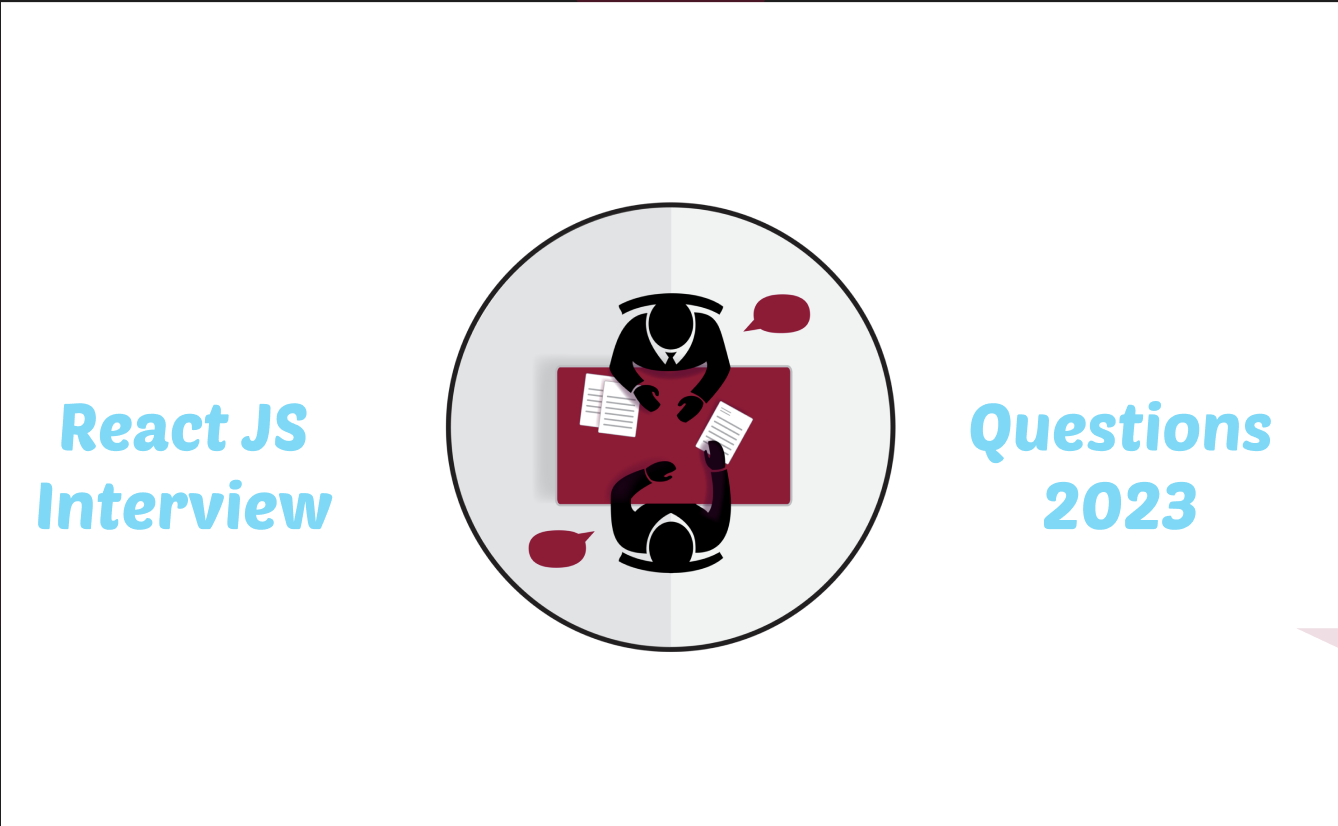Top 10 React JS Interview Questions for Freshers in 2023
If you're preparing for a job interview or looking to expand your knowledge of React, this list of the top 10 React JS interview questions for freshers in 2023 is a great place to start. From the basics of JSX and the virtual DOM to more advanced topics like synthetic events and the differences between ES6 and ES5, these questions will help you test your knowledge and understand the key concepts of React.

As a popular and powerful JavaScript library for building user interfaces, React has become an essential skill for front-end developers. If you are preparing for a job interview or looking to expand your knowledge of React, this list of the top 10 React JS interview questions for freshers in 2023 is a great place to start. From the basics of JSX and the virtual DOM to more advanced topics like synthetic events and the differences between ES6 and ES5, these questions will help you test your knowledge and understand the key concepts of React.
- What is JSX? - JSX is a syntax extension for JavaScript that allows developers to write HTML-like code within their JavaScript code. It makes it easier for developers to create and manipulate the DOM elements within their code, providing a more intuitive and familiar way to build user interfaces.
- Can web browsers read JSX directly? - No, web browsers cannot read JSX directly. JSX needs to be transpiled (converted) into regular JavaScript code that web browsers can understand and execute. During development, this process is typically done using a build tool, such as Babel.
- What is the virtual DOM? - The virtual DOM is a term used to describe a virtual representation of the actual DOM (Document Object Model) in memory. React uses the virtual DOM to keep track of changes to the DOM and update the real DOM only when necessary, improving the performance of the application.
- Why use React instead of other frameworks, like Angular? - React is often chosen over other frameworks, such as Angular, because of its simplicity and flexibility. React allows developers to create reusable components that can be easily composed to build complex user interfaces. It also has a powerful set of developer tools that make it easier to debug and optimize applications.
- What is the difference between the ES6 and ES5 standards? - ES6 (also known as ECMAScript 2015) is the latest version of the JavaScript language standard, while ES5 is the previous version. ES6 introduces many new features and improvements to the language, such as classes, modules, arrow functions, and improved support for asynchronous programming.
- How do you create a React app? - To create a React app, you will need to install the create-react-app command-line utility and use it to generate a new project. This utility will create a new directory with all the necessary files and dependencies to get started with a React app.
- What is an event in React? - An event in React is an action or occurrence that happens in the application, such as a user clicking a button or scrolling the page. React provides a declarative way to handle events, allowing developers to specify what should happen in response to an event without directly manipulating the DOM.
- How do you create an event in React? - To create an event in React, you need to define a handler function that will be called when the event occurs. This function can then perform the necessary actions, such as updating the state or modifying the DOM. You can then attach the event handler to an element in the render method using the on <event name> attribute.
- What are synthetic events in React? - Synthetic events in React are a wrapper around the native DOM events provided by the browser. They allow React to abstract away the differences between different browsers and provide a consistent interface for handling events. This makes it easier to write cross-browser code and ensures that events behave consistently across different environments.
- Explain how lists work in React. - In React, lists are created using the map method, which allows you to iterate over an array of data and generate a list of elements. The map method takes a callback function as an argument, which is called for each item in the array. This callback function should return a React element for each item in the list, which will be rendered to the page.
By understanding the answers to these top 10 React JS interview questions, you will be well-equipped to tackle any questions you may be asked during a job interview. Whether you are just starting out with React or have been using it for a while, these questions will help you gain a deeper understanding of the library and its capabilities. With a solid foundation in React, you will be able to build more effective and efficient user interfaces and impress potential employers with your knowledge and skillss
